In the first episode of Netflix’s new docuseries, High on the Hog, host Stephen Satterfield meets a woman who runs a floating market in the West African nation of Benin. With a straw hat on her head and paddles in her hands, she hawks fresh and packaged foods from her rowboat on Lake Nokoue in the village of Ganvié. It’s Satterfield’s first time in Benin and he takes in the scene from a nearby boat with a look of calm wonderment.
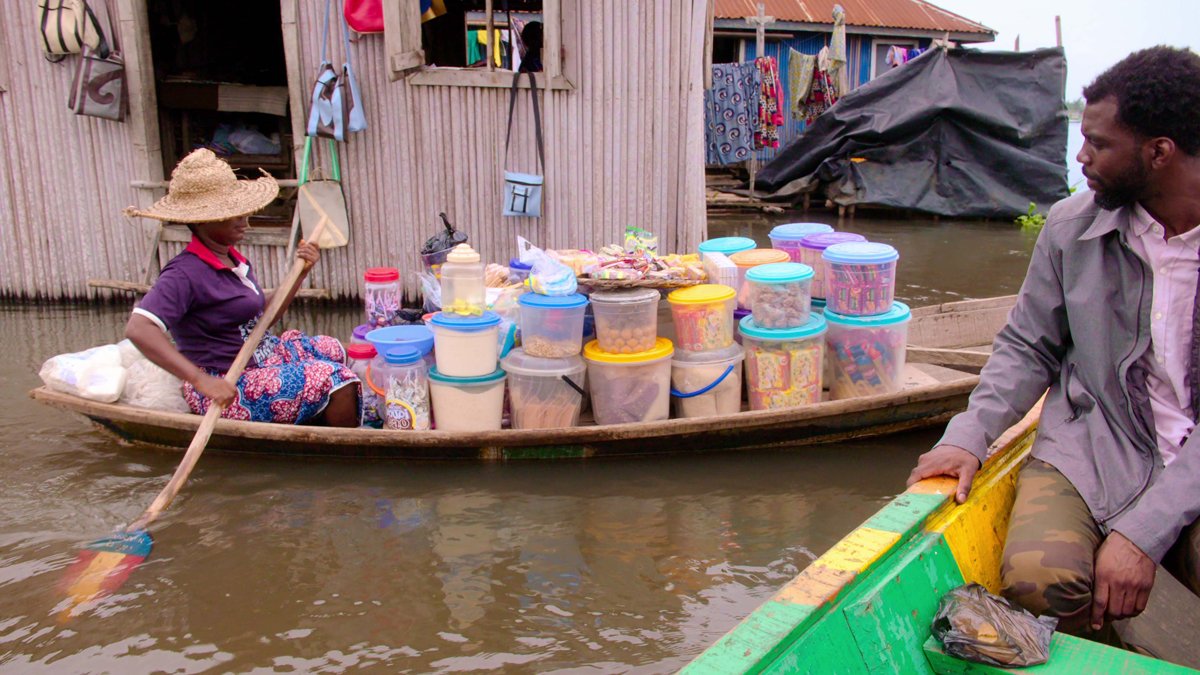
A floating market in the West African nation of Benin.
But this isn’t quite the “we’re not in Kansas anymore” moment you’ll see in most food travel shows. And Satterfield, founder of Whetstone Media (and a Civil Eats alum) isn’t the standard white male host tasked with making the cuisine and culture of a foreign people palatable to Western audiences. Rather, he’s a Black food writer from Georgia exploring the influence of West Africa (the ancestral home of most enslaved African Americans) on Black American foodways. In a television format dominated by white men, with the notable exceptions of Padma Lakshmi, Samin Nosrat, and Marcus Samuelsson, that makes Satterfield an anomaly. The series also stands out because of its virtually all-Black creative team, including executive producers Fabienne Toback, Karis Jagger, and Academy award-winner Roger Ross Williams, who directed most of the episodes as well.
High on the Hog‘s subtitle—How African American Cuisine Transformed America—not only explores African American food, but also frames it as a defining force in the evolution of American cuisine. Based on the book with the same name by food historian Dr. Jessica B. Harris, who appears in the first episode, the four-part docuseries, which premieres tonight, starts in Benin and ends in Texas. In between, there are stops in South Carolina’s Sea Islands, home of the Gullah Geechee people, as well as major cities including Philadelphia, New York, and Los Angeles.
Throughout the series, we learn about African-origin food staples such as collard greens, okra, and yams, and how the agricultural expertise of enslaved African Americans left a permanent imprint on the nation’s rice industry. Black Americans also influenced the country’s catering profession and set cuisine trends as chefs for presidents George Washington and Thomas Jefferson. Additionally, the series emphasizes the resourcefulness of enslaved African Americans, who made use of every part of the animals they cooked. Rarely did they have the opportunity to enjoy the best pork, said to come from the hog’s back and upper legs—the highest parts. But thanks to their innovations and rich culinary traditions, the meals African Americans made often felt like they came from high on the hog, anyway.
I spoke with Satterfield about the journey he made as the host of High on the Hog, the most memorable meals and moments, and how African American food is foundational American cuisine.
Tell me how you became the High on the Hog host. I read that one of the producers reached out to you, and at first you thought they just wanted your help to pitch the series, and then you found out they actually wanted you to host it. You didn’t hesitate to accept the opportunity. Why?
You read the story correctly. The immediacy of me wanting to take the role was contingent on getting the blessing of Dr. J [Jessica B. Harris] because she has already for many years been such an enormous intellectual influence in my life and in my vocation in particular. So, after I talked to her about it and she told me to do it, I said yes right away because it’s a huge honor—not only because the show, subject matter, people, and the content need to be celebrated, and that celebration has been deferred for way too long, but it was like magic to have someone that you so admire and look up to asking you to join them on this historic journey and be the face of it.
Do you remember what initially led you to Dr. Harris’s work?
I was introduced to it probably around 2007. I was a sommelier in my early 20s. I had just moved from Portland, Oregon, where I was working, to my hometown of Atlanta. A big part of that move was because of the disillusionment that I was feeling as a sommelier, because I was in a field that was overwhelmingly homogenous and white. And that experience created a lot of emotional turmoil for me because I loved wine. I really saw myself pursuing it as a career, but there was no way to build a diverse community of sommeliers [because social media was still in its infancy], so I moved to Atlanta to really reimagine my participation in that industry.
I ended up starting a nonprofit that worked with Black vintners in the Western Cape in South Africa, which is where the nation’s wine region is, and helped Black folks in South Africa get their wines distributed to the U.S. I created a lot of media on behalf of those individuals, which is how I got my foot into the world of media, making content that was agrarian-based and had a food justice point of view underlying whatever food or drink we were celebrating.
From that kind of diasporic food and beverage connection, I started to read Dr. Harris, and I was so taken by her anthropological approach to food. I was taken by the fact that she had focused primarily on the foodways of Africa and the diaspora. So, I saw the work that I was doing in wine as an echo of the work that she was doing as a writer and as a scholar.
While discussing the wine industry, you mentioned that it was very white-dominated. Now you’re hosting a food travel docuseries, a TV format that’s also dominated by white men. How does it feel for you to take part in shifting that trend? High on the Hog doesn’t feel like a show that was designed for the white gaze.

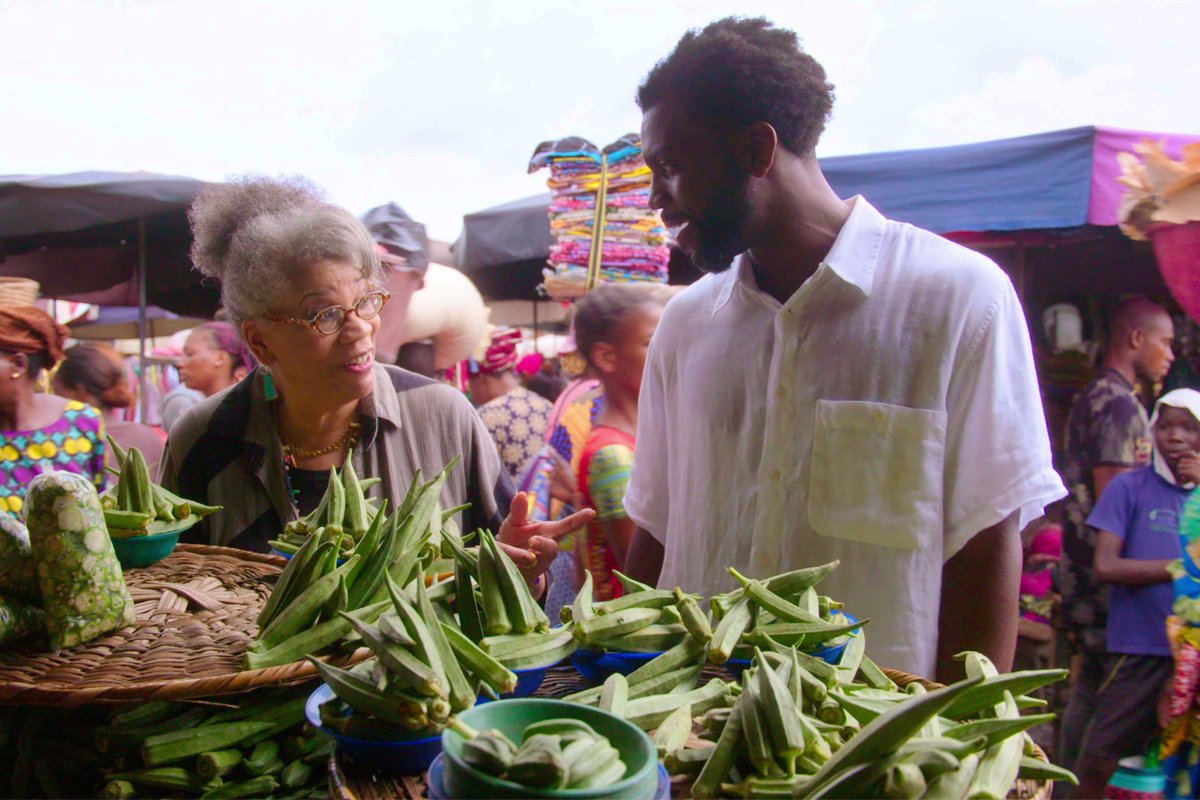

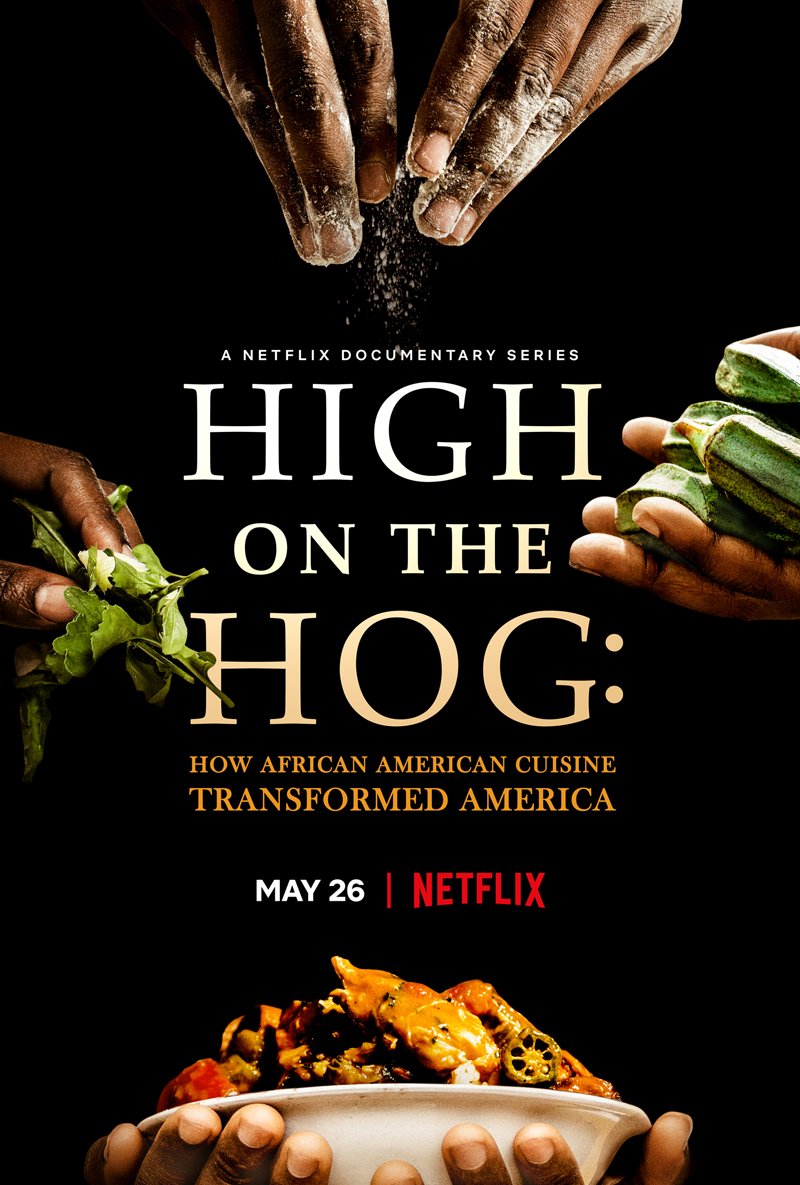

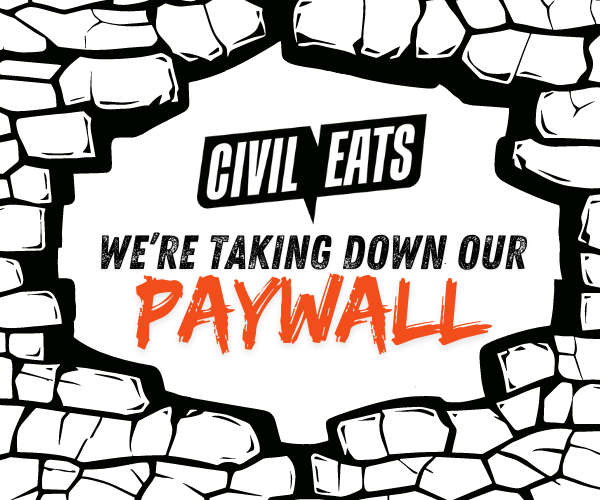
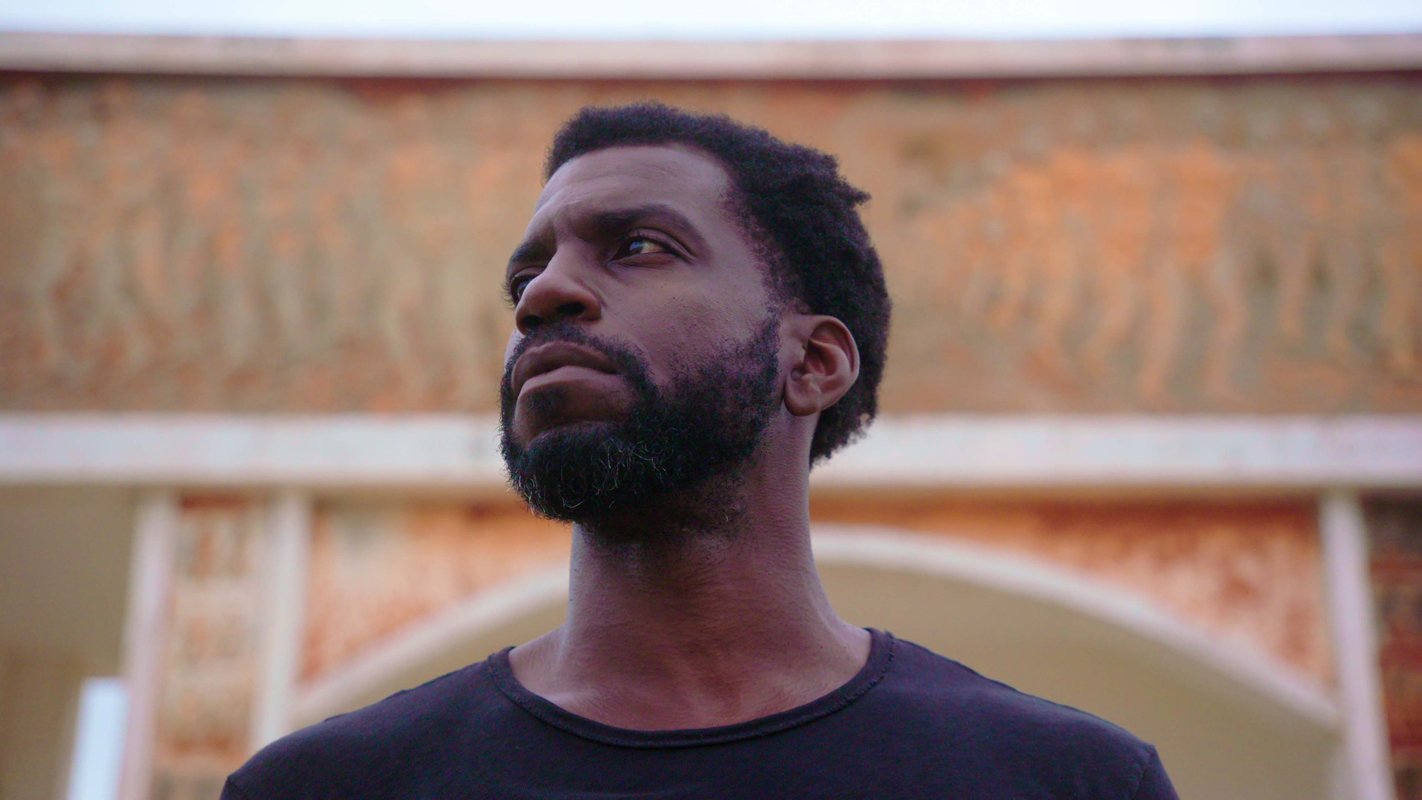
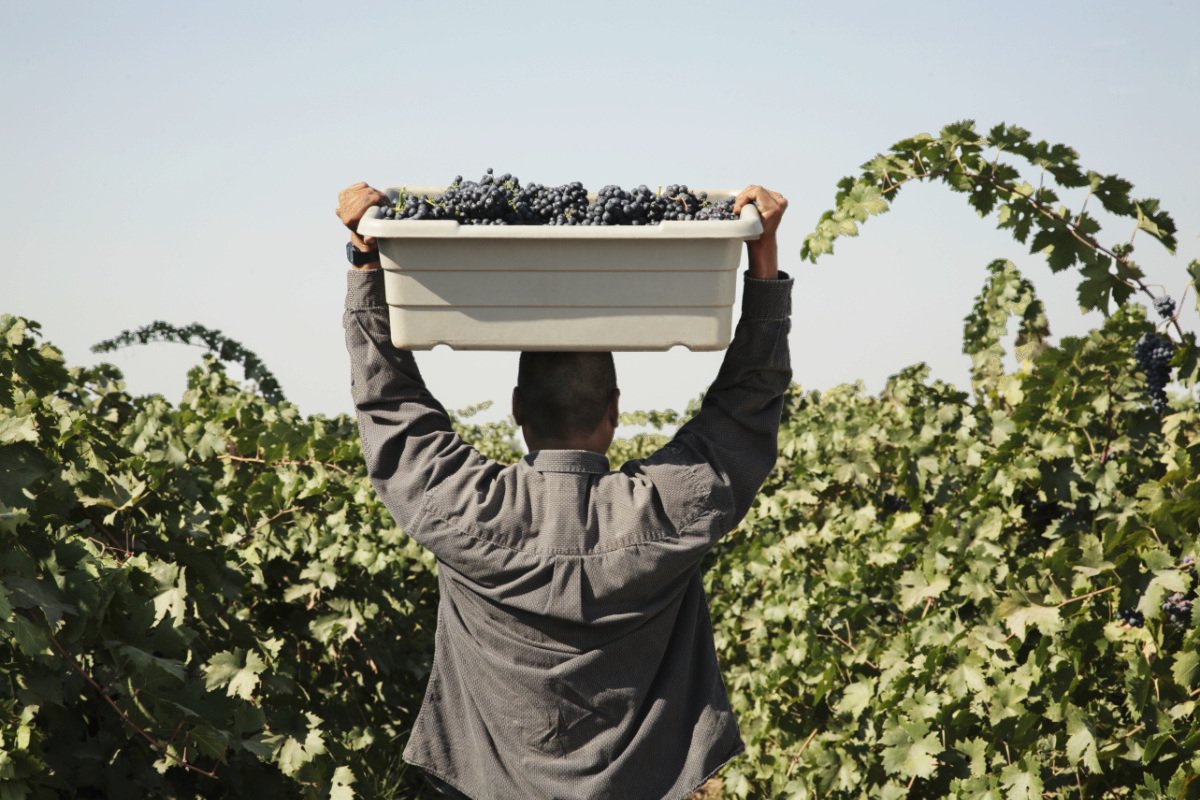
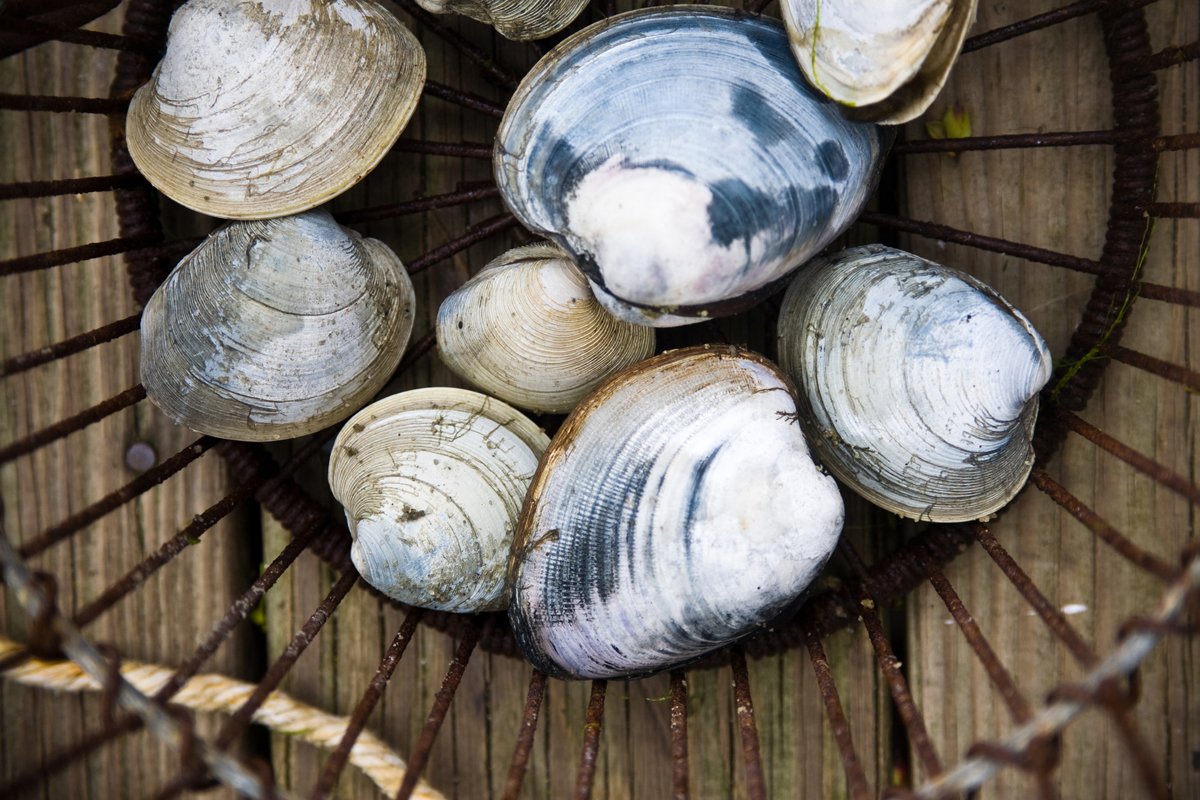
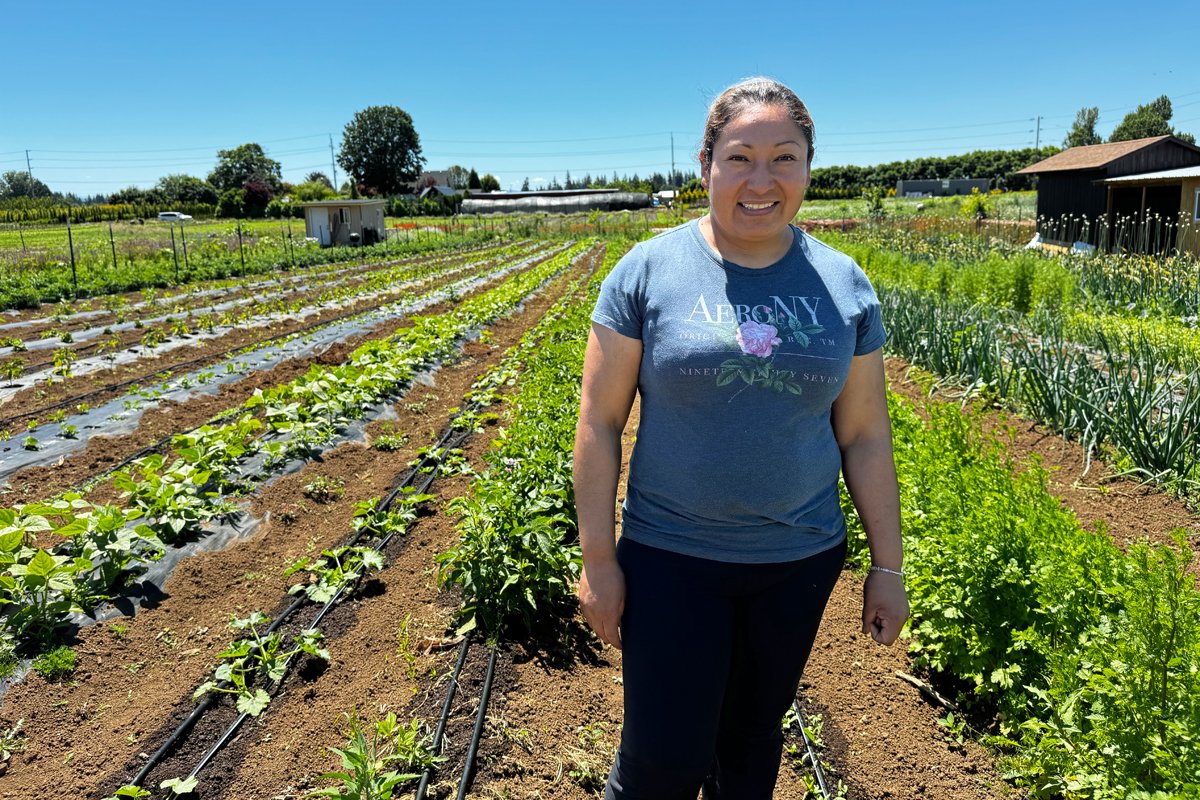
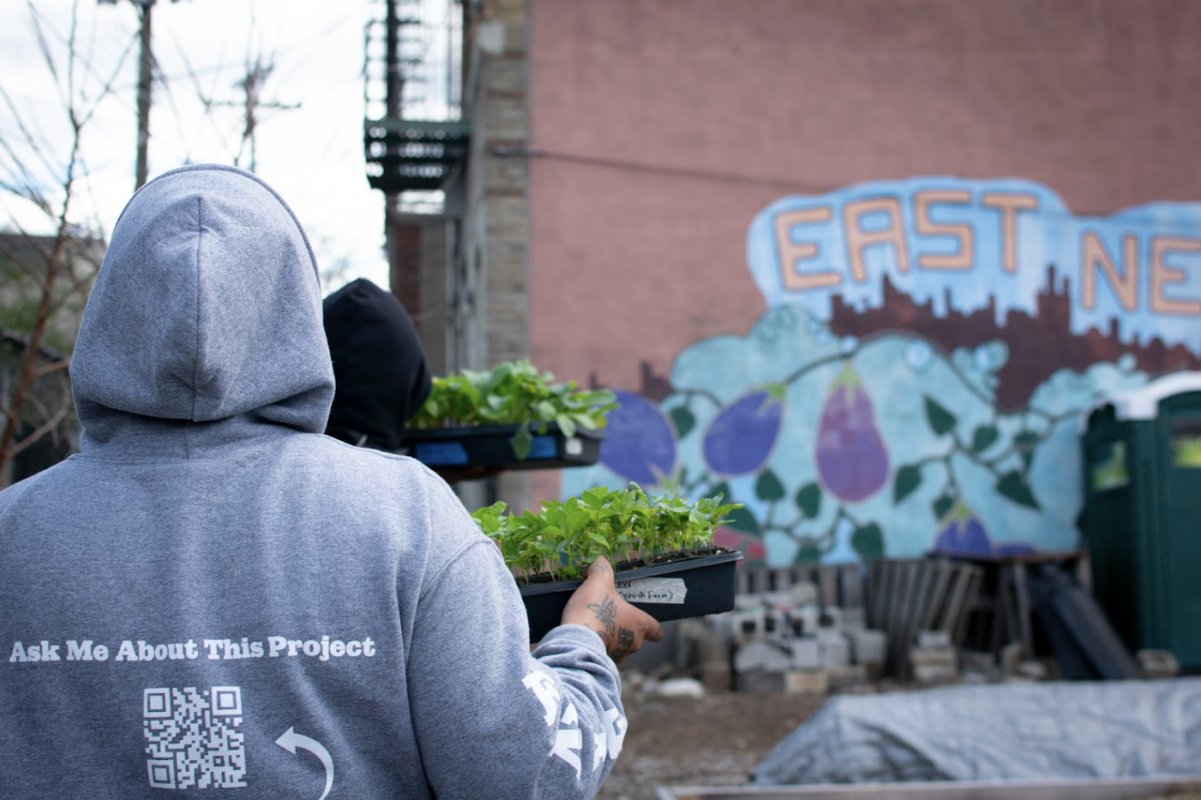


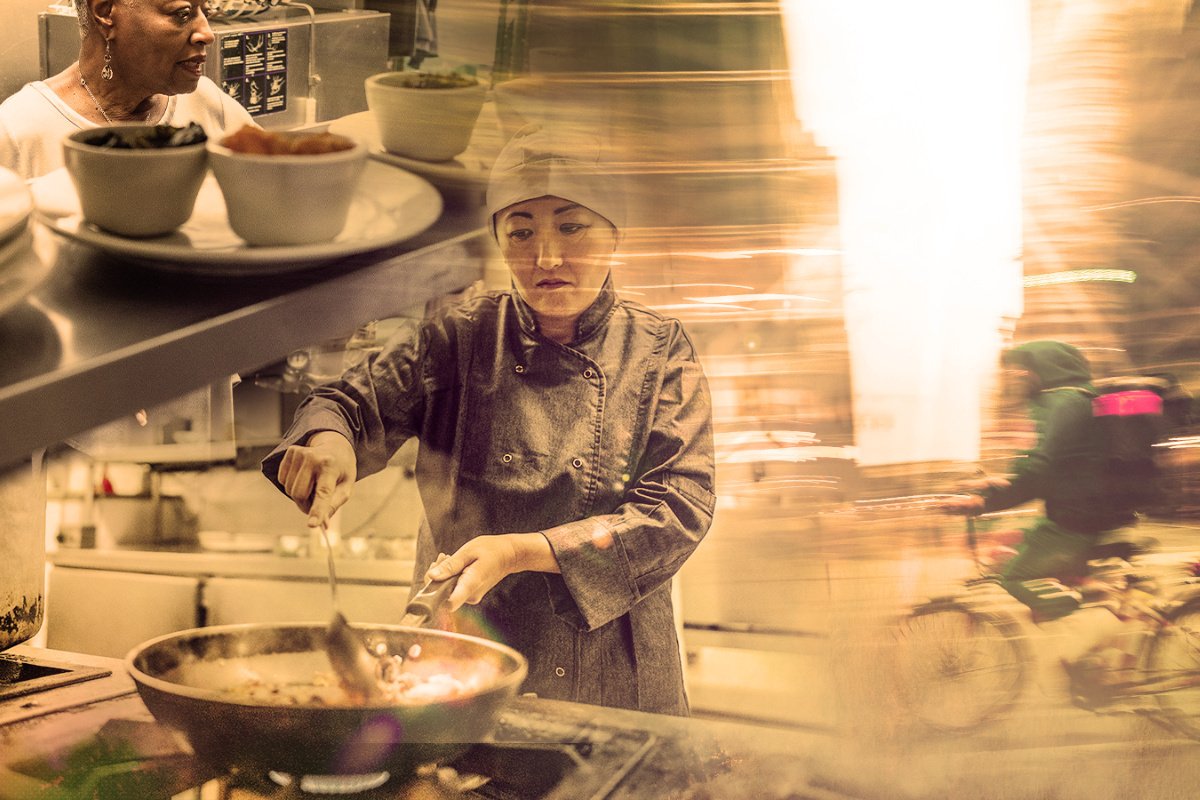






I've enjoyed the series and the power of our stories as it relates to food and life. Thank you